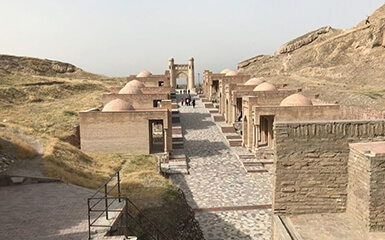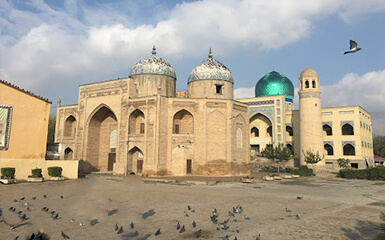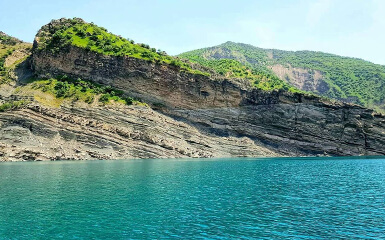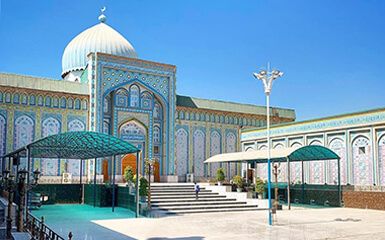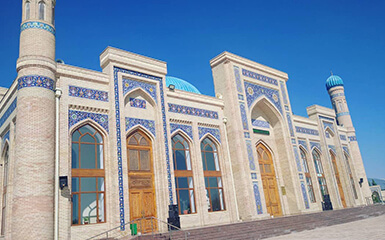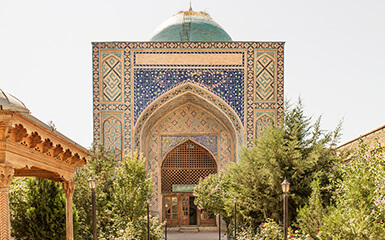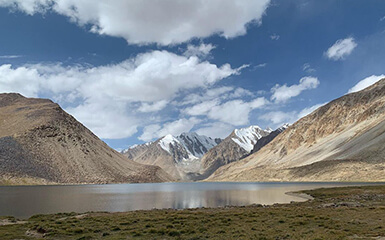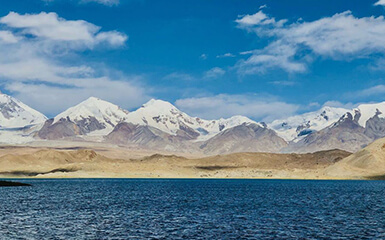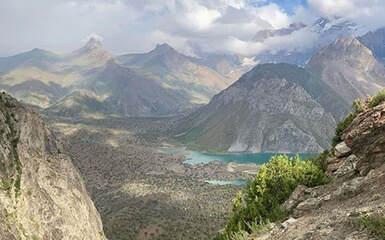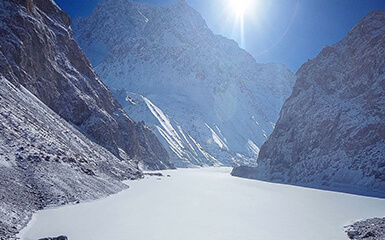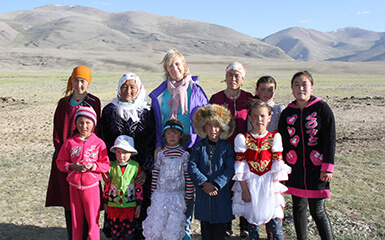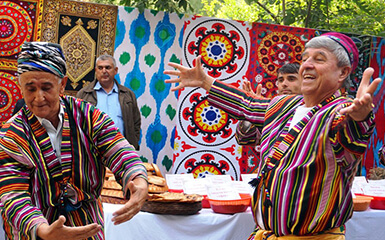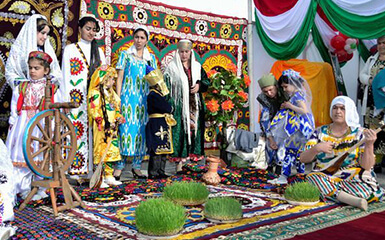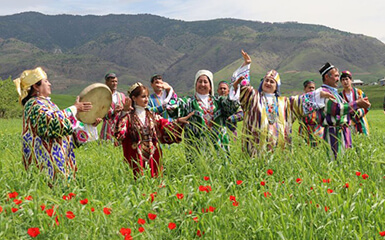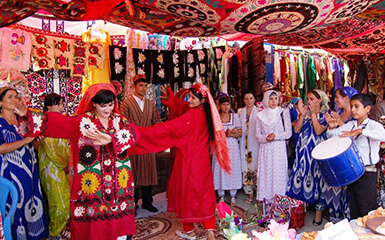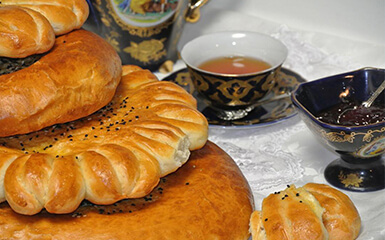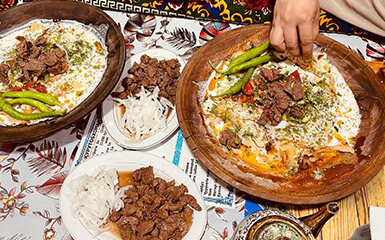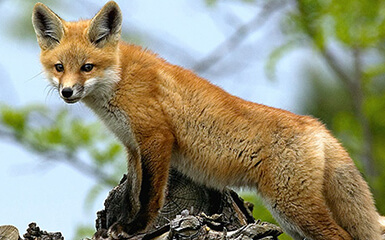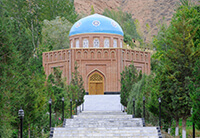
Abu Abdullah
Rudaki
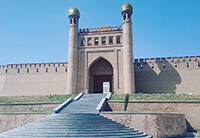
Mug Teppa
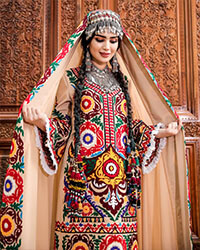
National
dress
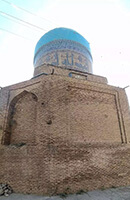
Kok
Gumbaz
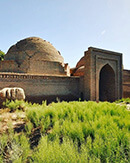
Khoja
Mashhad
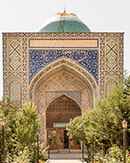
Abdullatif
Sultan
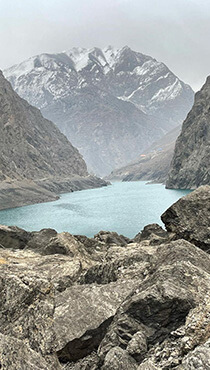
Iskanderkul
lake
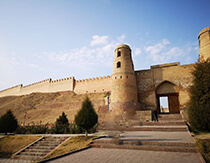
Hisor
fortress
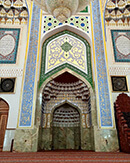
Haji
Yaqub
mosque
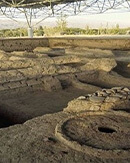
Sarazm
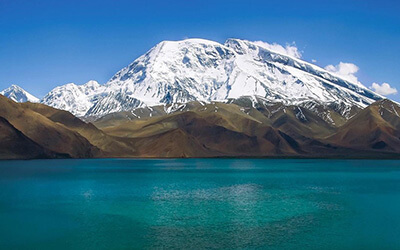
Lake Karakul
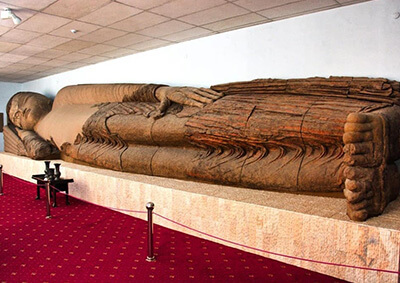
Ajina
Teppa
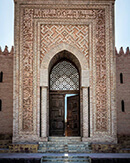
Khulbuk
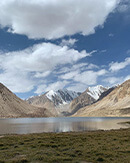
Pamir
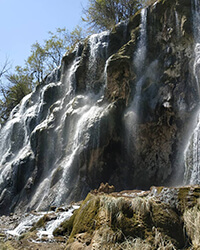
Sari
Khosor
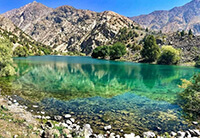
Karatag
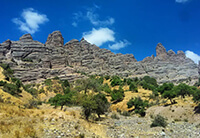
Childukhtaron
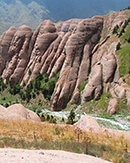
Shirkent
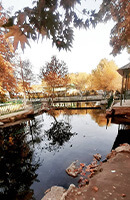
chiluchorchashma
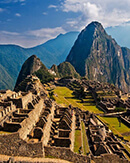
Karon

Sheikh
muslihiddin
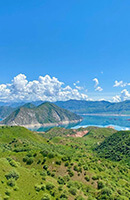
Nurek
mountain
lake
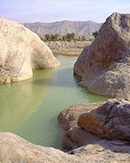
Gharm
chashma
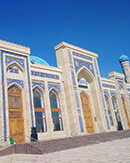
Khazrati
shokh
Tajikistan has the smallest area among the Central Asian states, but surpasses them all in height and surrounds more and higher mountains than any other country in the region. Various ethnic ties and external influences further complicate Tajikistan's national identity. Tajiks also have strong ties to Iranian culture and people; The Tajik and Persian languages are closely related and mutually intelligible.
Tajikistan is an extraordinary place and there is so much to do, from places like the Silk Road mystical Khujand and Istaravshan, to the stunning, untouched mountain scenery of the Pamir and the accompanying charm of unclimbed peaks and pristine trekking routes. The Fann Mountains can be a good alternative to the Pamir. It is easy to reach and offers good trekking options.
Tajikistan has two UNESCO World Heritage Sites: the first urban area of Sarazm in Panjakent, and the Tajik National Park, which encompasses the Pamir in the east of the country. The mountains of Tajikistan are among the highest mountains in the world, with three peaks higher than 7,000 m and more than half of the country being above 3,000 m above sea level.
The ancestors of the Tajiks, the descendants of the Iranian peoples who were constantly present in Central Asia and northern Afghanistan from the middle of the 1st millennium BC, formed the core of the ancient Khorezm and Bactrian populations that formed part of Transoxiana. They were incorporated into the Persian and Alexander the Great empires and were later invaded by the Kushans and Hepthalites in the 1st-6th centuries AD. Over time, Persian, a western dialect spoken in Iran and Afghanistan, eventually took the place of the eastern Iranian dialect used by the ancient Tajiks.
The 7th century brought Islam to the region along with the Arabs. With the rise of the Samanids, the Tajiks came under the rule of an Iranian dynasty. The first Turkish invaders captured this part of Transoxiana in 999, and over time many Tajiks became Turkic. This resulted in the transformation of a formerly purely Iranian land into "Turkestan". The name Tajik, originally given to Arabs by the local population, began to be applied by Turkish invaders and overlords to elements of the settled population who continued to speak Iranian languages.
Until the mid-18th century, the Tajiks were part of the Bukhara emirate, but later the Afghans conquered the lands south and southwest of the Amu Darya with the Tajik population, including the ancient Tajik cultural centre of Balkh.
Tajikistan is gaining more and more popularity as a tourist destination. Getting to the country is easy, you do not need to apply for a visa and there is no less entertainment here than in other countries. Tajikistan is notable for its colour, hot climate and mystery. It is known for its amazing nature. There are unique natural beauties of the Pamirs, "black lake" - Lake Karakul, which is popular with tourists from all over the world, mountain glaciers, alpine meadows, and thermal springs. Tajikistan is famous for its historical monuments, buildings, ancient cities. Tajiks are hospitable people and offer rich oriental cuisine.
There are also 13 districts of republican subordination in the central part of the country and the city of Dushanbe, the capital of the Republic of Tajikistan. Each region is divided into districts, which in turn are also divided into jamoats (former village councils), and then into dekha (villages). The capital and the adjacent eight districts form a separate administrative-territorial unit.
Representatives of more than 80 nationalities live in Tajikistan, among which the leading are Tajiks (80%), Uzbeks (15.3%), Russians (1.1%), and Tatars (0.3%). In addition to Tajikistan, Tajiks also live in Uzbekistan (about 4%), in northeastern Afghanistan (over 3.5 million people), in the border regions of Kyrgyzstan, southeastern Kazakhstan and in the Iranian province of Khorasan.
Dushanbe is a city in Tajikistan, which is the political, cultural and economic centre of the country. The city is full of history. Walking around the city, you can see grey-bearded elders sipping tea in a teahouse, and even a peasant on a donkey. In the eateries, you can taste pilaf made according to an old recipe. Dushanbe is known for a large number of recreation areas. These are well-groomed parks with stunning nature and wonderful fountains, a water park, a zoo.
Dushanbe is famous for sights such as the Hisor fortress. This fortress is considered an important historical heritage of Dushanbe, which has two Muslim theological schools, a mausoleum and a large square. Museum of Antiquity, Museum of Archaeology and Museum of Ethnography - will tell about the history of Tajikistan. The Republican Library keeps valuable manuscripts of great people.
Istaravshan is a city located in the Sughd region. It is located in the northern part of the Republic of Tajikistan, in the foothills of the Turkestan ridge, 78 kilometres from the city of Khujand, at an altitude of 1000 meters above sea level.
Istaravshan was founded in the 6th century BC by the Persian king Cyrus from the Achaemenid dynasty. "King of the Kings" Cyrus (529-559 BC) named the new city in his honour, namely, Cyropolis (or Kurushkada). Cyropolis owes its origin to the growth of handicraft production and trade.
By the time, Alexander the Great conquered Central Asia (in the 4th century BC), place was already a large, well-fortified city. By the way, it was here, near the city walls, that Alexander the Great was wounded for the first time. Then, by order of Alexander, due to frequent uprisings of the local population, the city was destroyed.
2nd - 7th centuries BC - this is the time when the settlement of Mugteppa was located on the territory of Istaravshan, where the local aristocracy lived, who erected here numerous castles with a peculiar, expressive architecture. This is evidenced by the discovered settlements Bunjikat (Kala and the Kakh-kakha fortress) and Chilhujra. In Bunjikat, in particular, a painting was found depicting a she-wolf feeding two babies. This drawing can be called evidence of contacts between the West and the East.
During the years of Arab rule, Islamic architectural structures of portal-domed structures appeared - mosques, madrasahs, mausoleums, minarets. The rapid development of Istaravshan is associated with the reign of the Samanid dynasty (9-10 centuries). The representatives of this dynasty were the first ethnic people who are now the progenitor of modern Tajiks.
The 13th century became a turning point for Istaravshan in its entire history. It was destroyed by the Mongols. The second period of the city's prosperity falls on the 15th century, when the powerful Timurid empire was formed. At this time, the city was named Ura-Tyube.
In the 16th century, Maverannahr (and with it Ura-Tyube) loses its significance as a result of the formation of a new state of Sheybanids with its capital in Bukhara.
In 1886, Ura-Tyube became part of Russia.
A number of interesting historical and architectural monuments, evidence of the bright historical past of the city, have been preserved in Istaravshan to this day. In Istaravshan, the city market has been improved. There are many ancient medieval historical monuments in the city, including 7 historical monuments of republican significance, 14 architectural monuments of city significance, 30 architectural monuments of regional significance.
Of particular note in Istaravshan are such ancient monuments as the Mugteppa settlement, the Kakh-kakha fortress, Childukhtaron, the Kok-Gumbaz madrasah, the Bobotago mausoleum, the Khudoyor Valami mausoleum, the Khazrati Shokh mausoleum and mosque, the Sari-Gumbaz Ensemble, and others.
One of the oldest cities in Central Asia. The second largest city in Tajikistan, an important transport hub, political, economic, cultural and scientific centre of the country.
The Khujand fortress is located in the left-bank part of the city of Khujand, the centre of the Sughd region, in the form of a high hill. It is an architectural structure, whose age is almost equal to the age of the city itself - more than 2500 years. The first fortress was built in the 6th-5th centuries BC. From the first to the 3rd century AD, that is, during the heyday of the Great Silk Road, the fortress and the city wall were rebuilt. Initially, they were built from an embankment, and then it was changed to wet clay. The city of Khujand has also increased in area. It was divided into three parts - the citadel (a fortress intended for the defence of the city), rabad (the trading rows of the city) and shahristan (the location of the authorities, as well as workshops). The remains of these fortifications were found under the central part of the left-bank Khujand and surround the territory of the ancient city with an area of 20 hectares.
With the development of the economy, trade, system of government and population, the city grows. In the 6th-7th centuries, a new fortress was built. Medieval Khujand consisted of three main parts: citadel, shahristan and rabad. The citadel was located on the banks of the Syr Darya at the gates of the rabad. The medieval Khujand fortress was considered one of the most fortified in Central Asia.
During the invasion of Genghis Khan (1219-1220), a 25,000-strong army with 50,000 Central Asian captives was sent to siege the city. The heroic defense of the Khujand fortress and the island located not far from it on the Syr Darya under the leadership of Timurmalik is one of the brightest pages in the history of the liberation struggle of the Tajik people. As a result of the Mongol invasion, the Khujand fortress was destroyed. According to the historian Hofiz Abru, at the beginning of the 15th century, the fortress lay in ruins. According to Zakhiriddin Babur, already at the end of the 15th century, the fortress was restored and was the residence of the local ruler.
More than ninety percent of Tajikistan's territory is mountainous; about half are at an altitude of 3,000 meters or more above sea level. Part of the Tien Shan system, the Trans-Regiment range reaches north. The massive ranges of the southern Tien Shan—the Turkestan Mountains and the slightly lower Zeravshan and Gissar ranges—describe the east-central part of the country. The ice-covered peaks of the Pamir mountain system cover the southeast. Some of Central Asia's highest mountains, particularly the Ibn Sina and Imeni Ismail Samani peaks, are found in the northern part of the Pamir. While the valleys are important to the Tajik people, they make up less than ten percent of the country's area. The largest are the western part of the Fergana Valley in the north and the Gissar, Vakhsh, Yavansu, Obikiik, Lower Kafirnigan and Panj valleys in the south.
Tajikistan's climate is sharply continental and varies due to altitude. In the warm-temperate valley regions, summers are hot and dry; The average temperature in July is 27 °C in Khojand and 30 °C further south in Kulyab. The corresponding January figures are -1 °C and 2 °C, respectively. Temperatures of -20 °C and below have been recorded in very cold winters. Annual precipitation is light and ranges from 150 to 250 millimetres, but is higher in the Gissar Valley. Conditions are different in the highlands: the average January temperature for Murgab in the Pamir is -20 °C and temperatures can drop to −46 °C. Precipitation in this area barely reaches 2-3 inches per year, with most falling during the summer months. Humid air masses move from the west to the valleys, suddenly reaching low-temperature areas and producing locally heavy rains, especially heavy snowfall of 30 to 60 inches annually.
A few lakes in Tajikistan are mostly located in the Pamir region; the largest is Lake Karakul, located at an altitude of about 13,000 feet. Lake Sarez was formed during an earthquake in 1911 when a massive landslide dammed the Murgab River. The Zeravshan Range includes Iskenderkul, which, like most of the country's lakes, is of glacial origin.
The way to understand which season is better is to know what to do, see and experience first. In general, each season has its own charm and beauty, but given that Tajikistan is a landlocked mountainous country and the importance of the road, some places are difficult or impossible to reach at certain times of the year. The best time to travel by car is from late April to mid-November, but that does not mean you cannot travel outside of this period, just that it is cooler and there are fewer options for additional activities like hiking and mountaineering.
Winter is considered off-season in Tajikistan, especially in the mountains. However, for those who love cold weather, white mountain scenery and unique local experiences, winter is the right time to visit Tajikistan. It is possible to cross the Pamir Highway even in winter, although it is more difficult and sometimes inaccessible due to snowfalls blocking the road.
The winter activity worth mentioning is skiing. Safed Dara ski resort is located approximately 60 km north of Dushanbe. The modern, versatile, well-run resort has skiing, ice skating, snowmobile excursions, snow tubing, several restaurants and a very comfortable hotel providing an excellent detour on the way from Dushanbe to Khujand or Penjikent.
Larger cities such as Dushanbe, Khujand, Penjikent and Khorog are gorgeous during the springtime and more and more trekking routes can be made in the mountains with possible hikes to lower altitudes. April is the time of bloom, a wide variety of flowers appear in the plains of the Fann Mountains and meadows creating beautiful landscapes in southern Tajikistan. In May, all roads in the Pamir and Fann mountains are accessible, and it is possible to make all possible detours along the Pamir highway. Spring is also the best time to go paragliding in Tajikistan.
Summer is an ideal time for adventure travel in Tajikistan, full of endless opportunities for trekking, hiking, mountaineering, rafting, cycling and other outdoor activities. The heat in cities can be unbearably hot, especially in July and August, and the mountains are the perfect place to escape the heat.
Most of the people in Tajikistan earn their living from agriculture. September is harvest time and people in remote villages still use traditional harvesting methods, which is very dramatic and definitely something to watch. In general, autumn in Tajikistan offers the traveller everything it has.

Airlines

































Tajikistan is relatively safer than Afghanistan and China, but not as much as other Central Asian countries. With a low crime rate, an increasing number of home stays, a friendly population and a slightly less intimidating government than some neighbouring countries, Tajikistan is eager to move forward and welcome travellers. As a result, getting around is now easier.
There is a minor terrorist threat in Tajikistan in certain parts of the country. Even more worrying are the occasional minor, often unexplained attacks in the capital, Dushanbe.
Note that there may be unexploded mines in the surrounding areas – particularly along the Afghan, Uzbek and Kyrgyz borders – but these are often clearly marked. In some places, only a river separates the two countries.
Dushanbe is quite different at night than during the day. After dusk, the streets are empty. The official level of criminal activity in Dushanbe is rated as 'moderate to high'. However, the emptiness of the streets and the poorly lit roads running through the city add to the 'feel' of restlessness at night. It might be a bad idea to pass through Victory Park or Playground at night.
Female travellers will find Tajikistan easier than countries like India and Egypt. However, there may be amorous tour guides and inappropriate comments from drivers that annoy female travellers, especially solo travellers.
Low income and inadequate education often result in a lack of professionalism among the police. Police sometimes stop tourists and ask to see documents. Always carry a copy of your passport. It is best to leave your passport in a safe place. If the police approach you, ask for their ID and do not sign any paperwork you do not fully understand.
Tajikistan has a very serious problem with drugs and the resulting increased HIV infection rate. The number one health rule in Tajikistan, especially in the capital Dushanbe - is not to drink water. Although it looks clean, it can be a serious risk of rust as well as Typhoid. Usually boiled water is fine.
If you get sick, your best bet for western-style treatment is at Prospekt clinic in Dushanbe with English-speaking doctors.
Nowruz, the traditional Iranian and Turkic New Year celebrated on the spring equinox, is the biggest holiday of the year. Celebrated at the spring equinox, this holiday marks a new life and new hopes for everyone who loves and celebrates this holiday. Tajiks prepare for Nowruz in advance. They pay their debts and the old quarrels make up. In Nowruz, people wear clean clothes that symbolize purity and renewal. Fiery rituals are performed based on Zoroastrian times. Households gather around bonfires or torches as a sign of hope and prosperity. At lunch, a large feast is held with traditional Navruz dishes such as sumanak (a porridge-like mixture made from wheat sprouts), sambusa (sausage roll or green pastry), and sabzi (vegetables). As a result, there should be seven ritual dishes with the names begin with S.
Tajiks also celebrate Muslim holidays, namely Ramadan and Eid-al-Adha. Weddings, funerals and circumcision events are important to them. Parties are also held to celebrate births, naming and first haircuts. These celebrations are called tos. They traditionally have special music.
Some Tajik festivals are compatible with Muslim celebrations, but some go back even further to their Persian, Zoroastrian roots. National one is Sayri Guli Lola, which is the festival of tulips accompanied by choir and dance music. Poppy and tulips are native flowers in Tajikistan and were the source of the original Dutch tulips.
"Pilik" is a summer festival. "Pilik" means "lamp" or "wick" and hence the event is called "lamp festival". Pilik lasts for two days and is usually held in mid-August or in the middle of the eighth month of the Hijri lunar calendar. The form and content of the Pilik Festival is actually closely related to fire. Many believe the festival dates back to pre-Islamic times, when Tajiks practiced Mazdaism (Zoroastrianism), their special ritual involving sacred fire.
Public Holidays are New Year’s Day (January 1), International Women’s Day (March 8), Nowruz (Persian New Year, March 20, 21, or 22), International Labour Day (May 1), Victory Day (May 9), Independence Day (September 9), Constitution Day (November 6), and National Reconciliation Day (November 9).
Persian descendants have lived in the area, known as Tajikistan, for over 3000 years and speak an ancient language. Nature, agriculture and Islam have done much to shape the culture of the nation, with food, traditions and festivals reflecting both religion and specific requirements for survival in each region's climate.
Tajik identity and culture goes back several thousand years. It is very similar to Afghanistan and Iran in terms of language, beliefs and habits. The vast majority of the population is Muslim, which shapes the culture, especially art, food, music and festivals. Tajik people are known for being family-oriented, friendly and hospitable. Despite a mood of cautious optimism lately, decades of conflict have left deep scars on the national consciousness. Tajiks tend to be conservative; gender roles remain very traditional and women dress conservatively.
An unknown facts about Tajikistan is that the asymmetrical 'Black Prince's Ruby' on the British Imperial crown and the famous Dutch tulips come from here.
Since ancient times, the people of Tajikistan have treated their traditions and customs with respect and reverence and have passed them down from generation to generation.
Tajiks to this day like to wear their national clothes on holidays. They respectfully refer to birth and wedding traditions and ceremonies.
National songs are sung with pride among the Tajik people. Folk instruments still delight guests of wedding ceremonies and other celebrations. For example, Dutor and tanbur, karnay and chang, rubob and nai, tablak and doira.
The origin of Tajik dance comes from the middle Ages, which accompanied the joyful and sad events in the life of the Tajik people. Dance has several aspects. They are divided into different groups such as Bukhara, Pamir, and mountain. It all depends on the location of local residents. It also changes not only the national dance style, but also the costumes with the movements of the dancers.
A wedding in Tajikistan is not much different from a wedding in neighbouring Central Asia, especially in Uzbekistan. In the morning, rice is prepared, and in the evening, a mullah comes to make a marriage contract.
Their rituals and traditions accompany pregnancy, childbirth and the life of the child. For example, putting on the first shirt, taking a bath, naming and even sleeping in the crib.
In Tajikistan, Uzbek and Kyrgyz cuisine is extremely popular, along with Iranian cuisine. If you are a newcomer to the country, it is quite difficult to find Tajik national dishes in Tajikistan. The food you will come across in Tajikistan cafes and restaurants is probably from your neighbours. Tajik dishes are very difficult to identify and find, as they use an abundance of fresh herbs and vegetables and therefore many recipes are seasonal and local. Each region has its own culinary secrets that are influenced by what is present in its territory. Compared to the Fann Mountains or the high-altitude Pamirs, this can be considered very different for cities like Khujand in the verdant Fergana valley. Since most of the country is mountainous, bread, milk, fermented milk products, meat and dried fruits are very important. Shepherds along with their sheep and goats provide milk and meat. In the lower regions and in the Fergana valley, people cultivate the land to grow wheat, barley or rice. Orchards are also common with fruits such as apples, apricots and plums.
The most common bread in Tajikistan is Tajik naan. Bread made from wheat dough and yogurt cooked in a tandoor. It is easy to find in markets in Tajikistan, but it is not the only bread available. As in other Turkish and Central Asian nations, no meal is complete without a piece of bread, and there are many beliefs associated with this daily meal. For example, you should not cut it with a knife, and putting it upside down destroys fertility.
Kurutob is undoubtedly the national dish of Tajikistan. Kurut are salty cheese balls that are a popular snack in Central Asia. Ob means water. Thus, the kurut dissolves in water and forms a yoghurt-like sauce. At the end, the dish is topped with cooked onions and fresh herbs. Other varieties include fresh vegetables such as tomatoes and carrots.
Javari is more difficult to find in Tajikistan, but it is a very tasty soup. It is unique to the city of Khujand because the soup is made from a local legume (javari) grown only in this region. Other ingredients include onions, carrots, mung beans and fresh herbs.
Shirchoi is an acquired taste. It reminds of Tibetan yak butter tea and the ingredients are quite similar. It is basically green tea with milk, butter and salt. It is quite common for breakfast in the Pamirs.
Helvaitar is a Tajik dessert from the Middle East Halva. Flour, sheep fat and sugar syrup are the main ingredients. Sometimes it is decorated with hazelnuts, if any.
Other types of food, Penjikent Plov, Kabab, Nahud Samosa (Samsa), Dimlama, Manti and Laghman, are similar to other Central Asian countries in terms of content and preparation, as well as name similarities.
Tajikistan is a small but very beautiful country famous for its beautiful lakes, numerous rivers and high mountains. The flora and fauna of Tajikistan is very diverse. Here you can be acquainted with rare animals and at least watch the flight of rare birds. By visiting Tajikistan, you will have the opportunity to visit such beautiful places as Ramit and Tiger Beam, Sarikhosor and Dashtijum reserves.
Mammals living in the territory of Tajikistan are wild boar, rodents and shrews, Indian hedgehog, wolves, red fox, weasel, ermine, marten, badger, otter, Turkestan lynx, Tolai hares, Turkestan red pikas, juniper voles, Siberian roe deer, roe deer and Tian Shan brown bear.
Woodpecker, finch, sparrow, and titmice are world-renowned birds that exist in Tajikistan. Birds of prey include small owls, eagle owls, vultures and vultures, hawks, golden eagles, and other eagle species. You may also know Eurasian hawthorn, white-winged grosbeak, Himalayan woodpecker, black redtail, greenish warbler, cuckoos, nutcracker, Stewart bunting, Lammergeier, chukar partridge, Himilayan snowcock, northern goshawk, wagtail, golden yellow, spiderbirds, spotted flycatchers , eastern turtle doves, rock and wood pigeons, and juniper nightingales.
The Caspian tiger is considered the national animal of Tajikistan. However, today the Caspian tiger is considered extinct. From the late 1800s to 1947, the Caspian tiger was hunted as considered dangerous, and its habitat was occupied for farmland. The last known specimen of Caspian tiger in Tajikistan was seen in 1958, and the last specimen in the world was killed in 1970. Brown bears can be found in the Darvoz region, especially in the Hazratishoh mountain range near the border with Afghanistan. Statistically, brown bears are 21 times more dangerous than black bears and 3.5 times more dangerous than polar bears.
Tajikistan has a rich flora with numerous medicinal and aromatic plants. Due to its plant richness, the Tajikistan region is considered a biodiversity hotspot and is also considered the region most susceptible to climate change and biodiversity loss. Still, only twelve species from this country are listed as globally threatened.
Despite the extraordinary floristic richness, threats from urbanization, agriculture and climate change are extremely high in Tajikistan. According to preliminary estimates, about 1500 species of Tajik plants are used in folk medicine, but only a small number of them are important in modern medicine.
